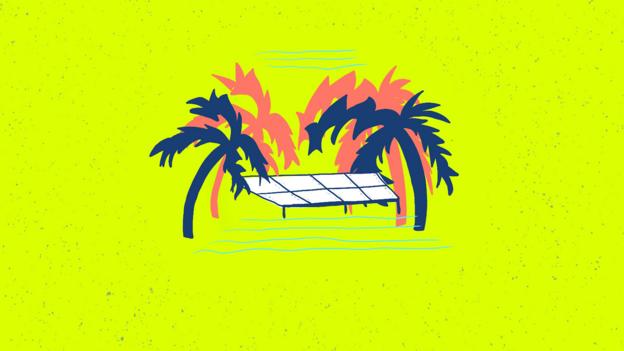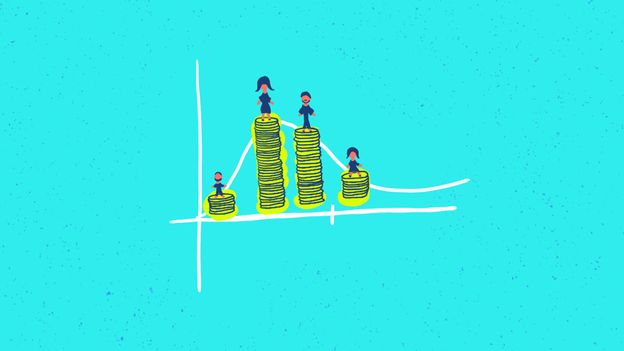Some 840 million people had no access to electricity in 2017. Most live in rural Africa, India and Latin America. Many others face an unstable supply and rely on expensive back-up generators. It’s hard to do business when the power’s down. In South Asia, firms report almost one outage a day, lasting 5.7 hours on average.
Microgrids could change that. A microgrid is simply a small power grid. Many combine renewable generation – from solar or wind – with diesel back-up and battery storage. Microgrids are resilient: they keep the lights on during central grid blackouts. They’re relatively easy to install. And the electricity they produce is cheap.
The price of battery storage is plummeting, making microgrids financially attractive. Grids are becoming more decentralised, digitalised and lower carbon as renewables catch on. “Societal pressure and emissions policies are speeding up innovation in the world of energy,” writes Mike Hughes of Schneider Electric, which is among the big players in the microgrid market. Siemens has one at its South African headquarters in Johannesburg.
Established economies need more resilient power grids to protect hospitals, military installations and data centres from increasingly extreme weather. But it’s in off-grid areas in developing countries that microgrids could have the most impact. A World Bank study of rural India found reliable electricity increased the hours women spent in employment by 31% and boosted household income by 17%.













